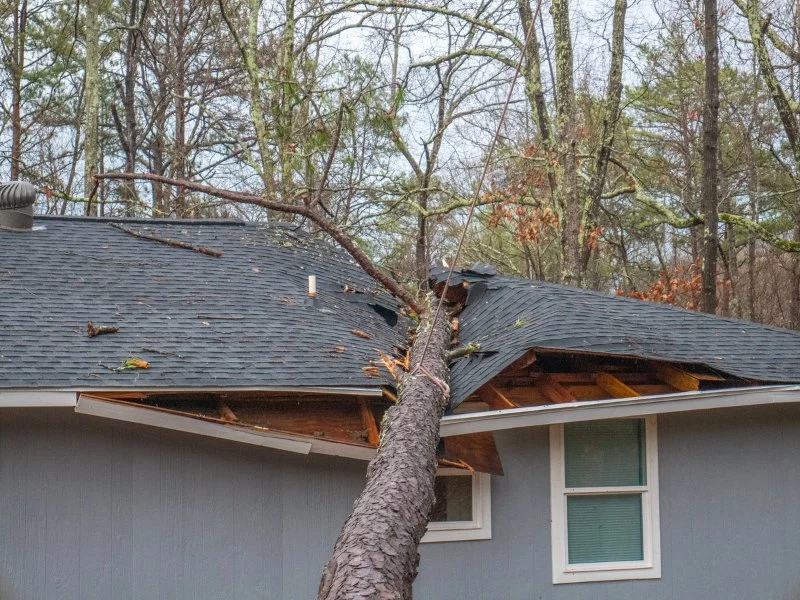
How to Prevent Roof Damage from Tree Root Systems Underneath the Structure
- 1-Understanding Tree Roots and Roof Damage
- 2-How Tree Roots Affect Roof Structures
- 3-Prevention Tips for Tree Root Damage
- 4-Landscape Management to Avoid Roof Damage
- 5-Roof Inspection and Maintenance
- 6-Why BeachCo Roofing Can Help
1-Understanding Tree Roots and Roof Damage
Tree roots are a significant cause of roof damage, especially in older homes or homes with mature landscaping. Roots naturally grow towards sources of water, which can often include under-roof drainage systems or moist areas near the foundation. When these roots invade roof structures, they can cause cracks, leaks, and structural damage over time. Understanding how tree roots interact with your roof is crucial to preventing expensive repairs.
The key to addressing this problem is early intervention. Tree roots can slowly undermine the structural integrity of your roof and foundation, leading to costly repairs and in some cases, permanent damage.
2-How Tree Roots Affect Roof Structures
Tree roots can reach under the roof and grow into drainage pipes, the foundation, or even cracks in the structure. Here's how they affect the roof:
- Infiltration of Pipes: Roots seek water, and when they find drainage pipes under the roof, they can infiltrate and cause blockages, leading to water backup and leaks.
- Cracks in the Foundation: Roots can weaken the foundation by pushing through cracks and expanding. This can compromise the structural stability of the building and affect the roof system.
- Shifting of Roof Materials: As roots push through the ground and towards the structure, they can exert pressure on the building's foundation, shifting roofing materials and causing misalignment, leading to leaks.
Once roots have breached these areas, the roof's structural integrity can be compromised, leading to water penetration, mold growth, and a variety of other problems.
3-Prevention Tips for Tree Root Damage
Preventing tree root damage is possible with a few simple strategies:
- Regularly Trim Trees: Keep trees near your roof trimmed and regularly monitored. Removing any overhanging branches can reduce the likelihood of roots reaching the roof.
- Install Root Barriers: Installing physical barriers around trees can help prevent roots from growing towards the foundation or roof. These barriers can be installed underground and direct root growth away from vulnerable areas.
- Choose the Right Tree Species: Planting trees that have shallow or non-invasive root systems near your home can significantly reduce the risk of damage. Consult with a local landscaper for guidance on appropriate tree species for your area.
- Proper Irrigation Practices: Overwatering trees near your home can encourage roots to grow closer to your structure. Implementing a controlled irrigation system can prevent this issue.
Taking these preventive measures can significantly reduce the chances of root damage to your roof and save you money on repairs in the long term.
4-Landscape Management to Avoid Roof Damage
Effective landscape management plays a critical role in preventing roof damage from tree roots. Here are some tips for managing your landscaping to protect your roof:
- Distance Between Trees and Home: When planting trees, ensure they are positioned at a safe distance from your roof and foundation. As a general rule, trees should be planted at least 15-20 feet away from your home, depending on the species.
- Routine Inspection of Tree Roots: Regularly check the roots of trees near your home for signs of encroachment. This can help catch potential problems early before they affect the roof.
- Use Deep-Root Barriers: Installing deep-root barriers beneath the soil around trees can direct roots downward and prevent them from growing horizontally towards your structure.
Managing your landscaping effectively is a simple yet powerful step in preventing costly damage from tree roots.
5-Roof Inspection and Maintenance
Regular roof inspections are essential in detecting early signs of damage caused by tree roots. Here’s how to keep your roof in optimal condition:
- Schedule Regular Inspections: Have a professional roofing contractor inspect your roof at least once a year to look for signs of root damage, such as leaks, misaligned shingles, or cracks in the structure.
- Maintain Gutters and Drainage: Ensure your gutters and drainage systems are clear of debris and roots. This will help prevent water buildup and reduce the risk of root infiltration.
- Repair Any Damage Immediately: If you notice any cracks, leaks, or damage to your roof caused by tree roots, address it immediately to prevent further deterioration.
With regular maintenance and inspection, you can spot problems before they become major issues, saving both time and money.
6-Why BeachCo Roofing Can Help
At BeachCo Roofing Hub, we specialize in providing roofing solutions to homeowners facing tree root damage. Our expert team can assess your roof’s condition, identify any risks associated with tree roots, and offer solutions to prevent further damage. Whether you need root barriers, roof repairs, or a complete roof replacement, we have the experience and tools to get the job done efficiently.
If you're concerned about tree roots affecting your roof, don't wait for the damage to escalate. Visit BeachCo Roofing Hub today for expert guidance and services to protect your roof and home.


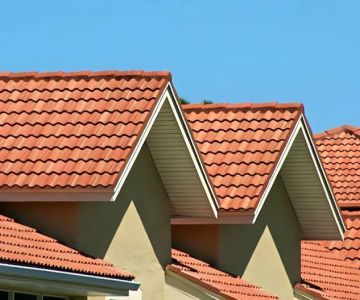
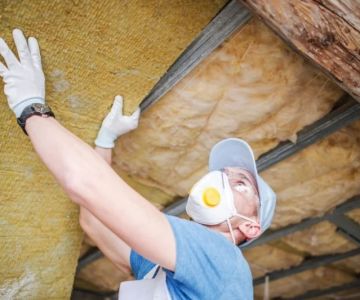

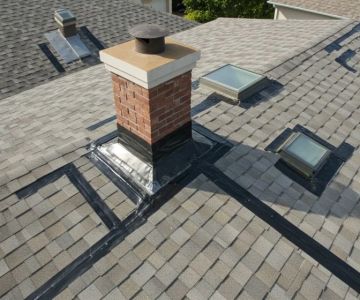

 State Roofing LLC3.0 (3 reviews)
State Roofing LLC3.0 (3 reviews)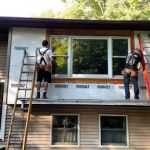 Quality Finish Services LLC5.0 (16 reviews)
Quality Finish Services LLC5.0 (16 reviews)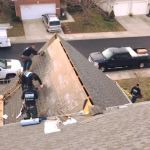 Landmark Roofing4.0 (559 reviews)
Landmark Roofing4.0 (559 reviews) Exterior Renovations LLC5.0 (8 reviews)
Exterior Renovations LLC5.0 (8 reviews) silicone roofing specialists0.0 (0 reviews)
silicone roofing specialists0.0 (0 reviews)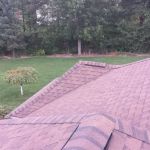 Jeff Ashton Construction LLC5.0 (5 reviews)
Jeff Ashton Construction LLC5.0 (5 reviews)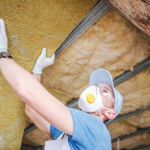 The Cost of a New Roof with Added Insulation for Energy Efficiency: What You Need to Know
The Cost of a New Roof with Added Insulation for Energy Efficiency: What You Need to Know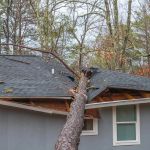 How to Prevent Roof Damage from Tree Root Systems Underneath the Structure
How to Prevent Roof Damage from Tree Root Systems Underneath the Structure What is a Roofing Material Sustainability Certification? (e.g., LEED, Cool Roof)
What is a Roofing Material Sustainability Certification? (e.g., LEED, Cool Roof)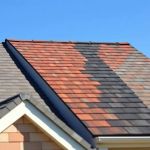 The Best Roofing Materials for Homes in Remote Locations with Limited Access
The Best Roofing Materials for Homes in Remote Locations with Limited Access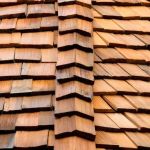 The Best Roofing Materials for a Heritage Home in a Historic District
The Best Roofing Materials for a Heritage Home in a Historic District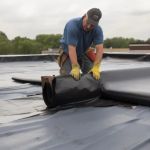 Flat Roof Repair: Identifying Issues and Choosing the Right Method
Flat Roof Repair: Identifying Issues and Choosing the Right Method